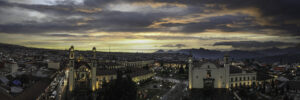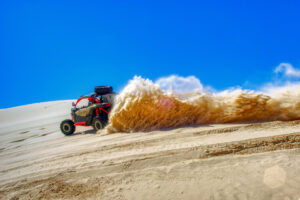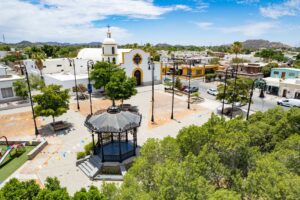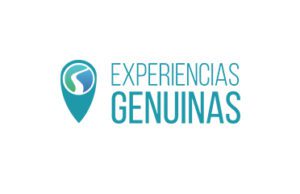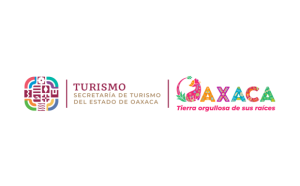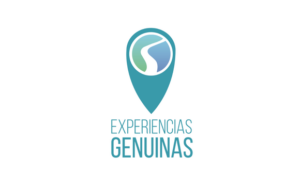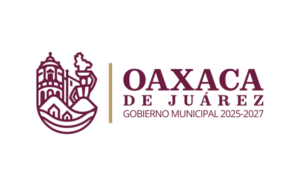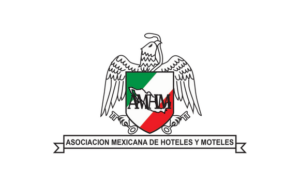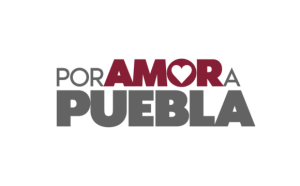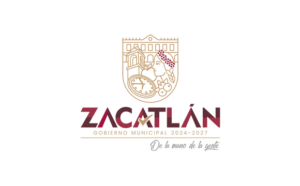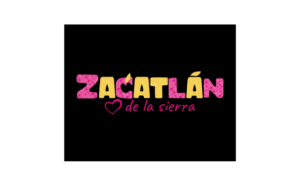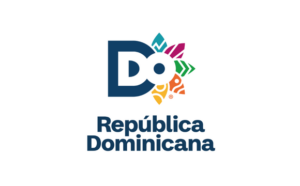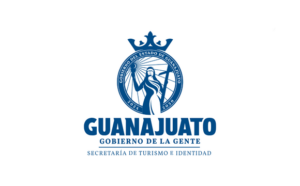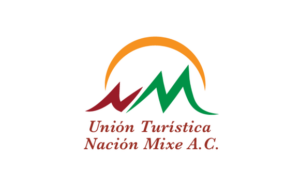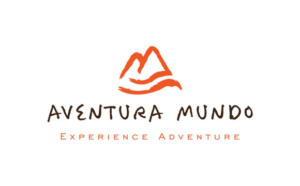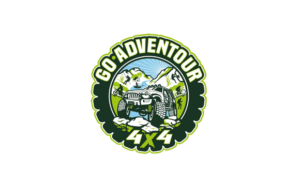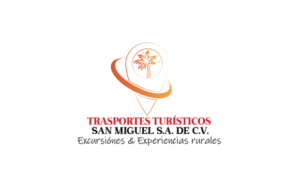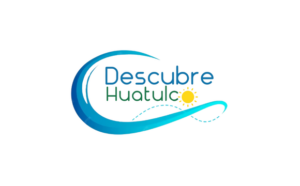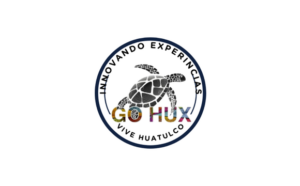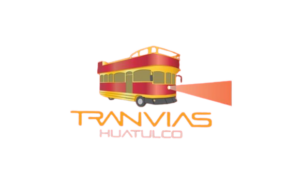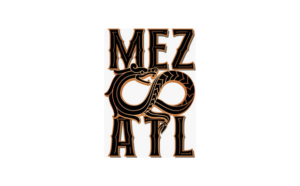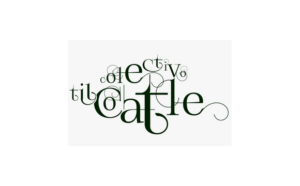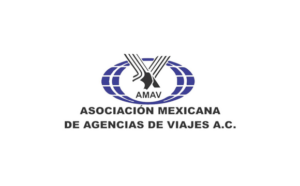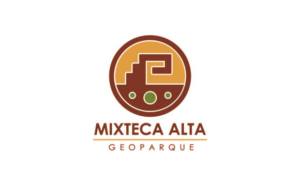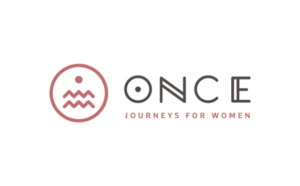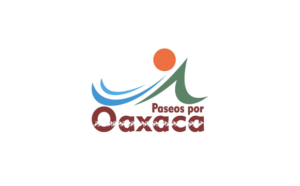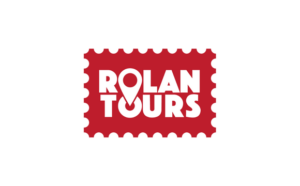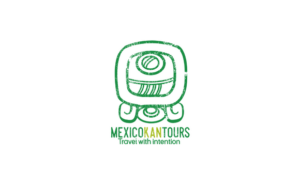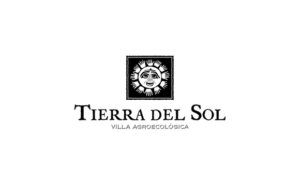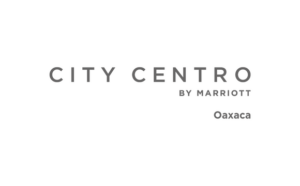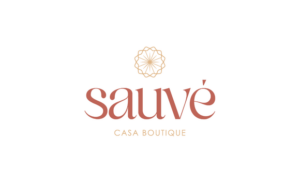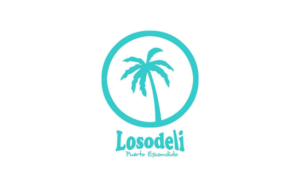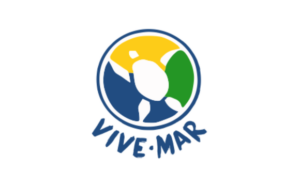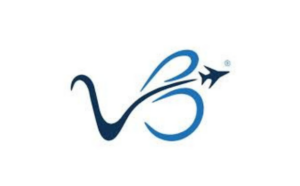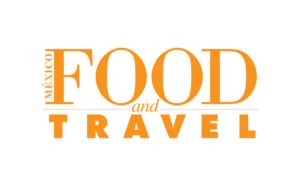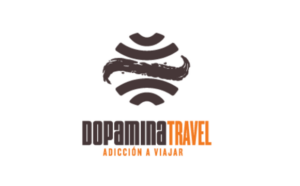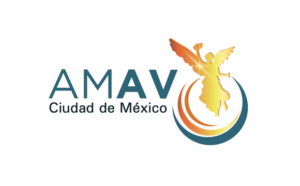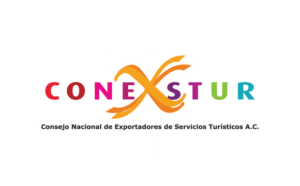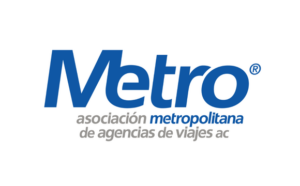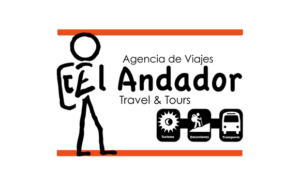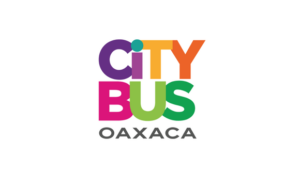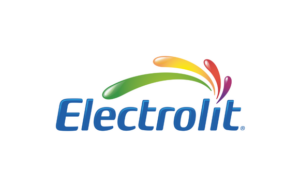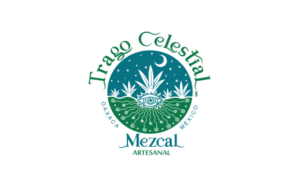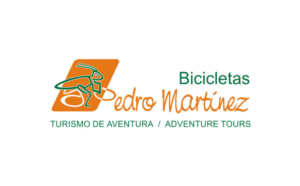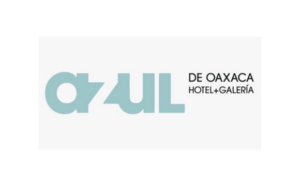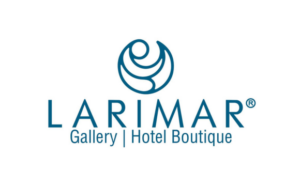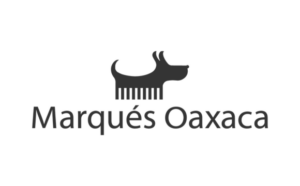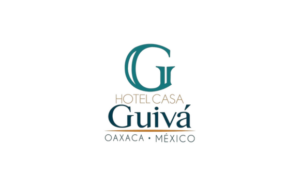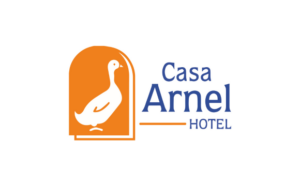The need to adapt to new challenges, seeking a safer, inclusive and sustainable tourism, has required from all of us deep reflections, research and concrete actions to sustain tourism in this new reality.
Over the last few months, hundreds of organizations and companies have taken the time to research and design biosafety protocols to offer tour operators an action map to design processes and protocols that allow them to return to market, offering conditions of security, certainty and sustainability to customers. The challenge of sustaining the credibility of companies relies on their ability to adapt and incorporate timely processes and changes in a responsible and informed way.
However, as tour operators we understand that too much information and too many protocols can be confusing, that is why the “Experiencias Genuinas” and “Dopamina Travel” team undertook the task of doing a thorough investigation to compile the relevant information and guidelines that can help adventure tourism companies in Mexico and Latin America in their transition to the new reality.
After weeks of in-depth research, we were able to design processes and protocols applicable to the adventure tourism operation in Mexico. What began as the design of biosafety processes for “Dopamina Travel”, a tour operator partner of “Experiencias Genuinas” and ATMEX, became a workshop that seeks to share tools and processes to facilitate their implementation, and thereby strengthen the entire adventure tourism industry.
Alongside with “Runkel”, a company of experts in operational strengthening and disaster management and with the personal advice of Engineer Hans Laut Guillén (Electrical Mechanical Engineer from ITESM and Master of Science in Disaster Management from Cranfield University of the UK, since 1992 he manages projects of scientific facilities and critical mission areas), we’ve managed to create a workshop that seeks to establish procedures and tools to adapt biosafety protocols prepared by recognized and competent organizations in the field of biosafety to the specific operations of tourism companies.
On August 18th, within the framework of ATMEX 2020 training program, we had the workshop “FROM THE PROTOCOL TO THE PROCESS: IMPLEMENTATION FOR THE REDUCTION OF SANITARY RISKS IN TOURIST OPERATION”, with the participation of more than 10 representatives of different companies and organizations that work in the adventure tourism industry in Mexico.
During the workshop, we worked on the main concepts regarding the risk mitigation of Covid-19 contagion, the common processes which hundreds of tourism companies have been throughin recent months, as well as practical exercises among participants. Process tools that facilitate the implementation of protocols were presented and useful bibliography was shared with the participants.
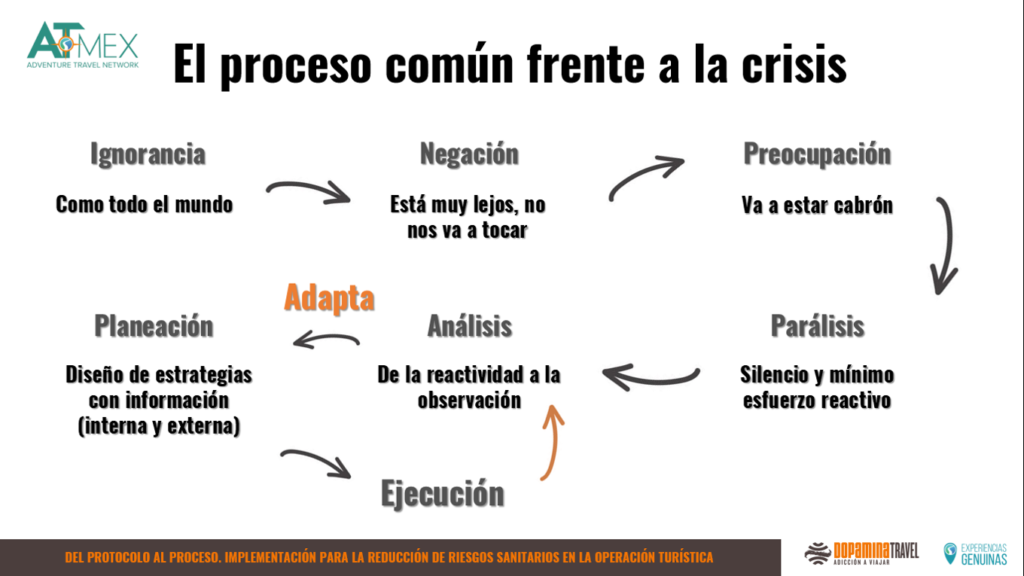
Among the most relevant topics, the main contagion risk areas and prevention measures within the tourist operation were shared, and are the following:
Main means of prevention of contagion
1 – Distance between people: To prevent the saliva particles that are expelled when coughing, sneezing or speaking, from reaching other people.
2 – Hand washing: Contact with potentially contaminated objects can generate infections when we touch our nose, eyes and mouth; correct hand washing eliminates virus particles.
3 – Physical barriers: They prevent the particles from reaching people, by imposing a physical barrier or by preventing proper contact with the eyes, nose and mouth.
4 – Disinfection of surfaces: Especially those with high traffic of contact, to prevent the virus from staying on surfaces.
Areas of greatest risk in operations:
· Transportation: All activities that require transportation in confinement vehicles: buses, automobiles, boats, motorboats, light aircraft, helicopters, etc. The main risks are the short distance between people and the manipulation of common objects and surfaces.
Experiences: All experiences, tours, walks, activities in the field or in closed places. The greatest risks involved in handling and contact, are surfaces and objects alsothe potential risk of contact between people.
Food: Food activities in established places, street establishments or food prepared and offered by the same tour operator. The main risks involve closeness between people, the concentration of people and the handling of objects and food.
· Lodging: Places to rest and spend the night. The greatest risks are the concentration of people, the high traffic in common areas and contact with non-disinfected surfaces.
· Equipment handling: All handling of surfaces and objects by different people, for example, surfaces of a car, dashboards and handles, sports or safety equipment, luggage etc. The greatest risk is the manipulation by several people of the same objects or surfaces without proper disinfection.
On August 25th, we will once again have the workshop: “FROM THE PROTOCOL TO THE PROCESS: IMPLEMENTATION FOR THE REDUCTION OF SANITARY RISKS IN THE TOURISM OPERATION” through the Zoom platform.
You can find more information and the means of reservation in the following link:
https://atmex.org/del-protocolo-al-proceso-implementacion-para-la-reduccion-de-riesgos-sanitarios-en-la-operacion- tour/



